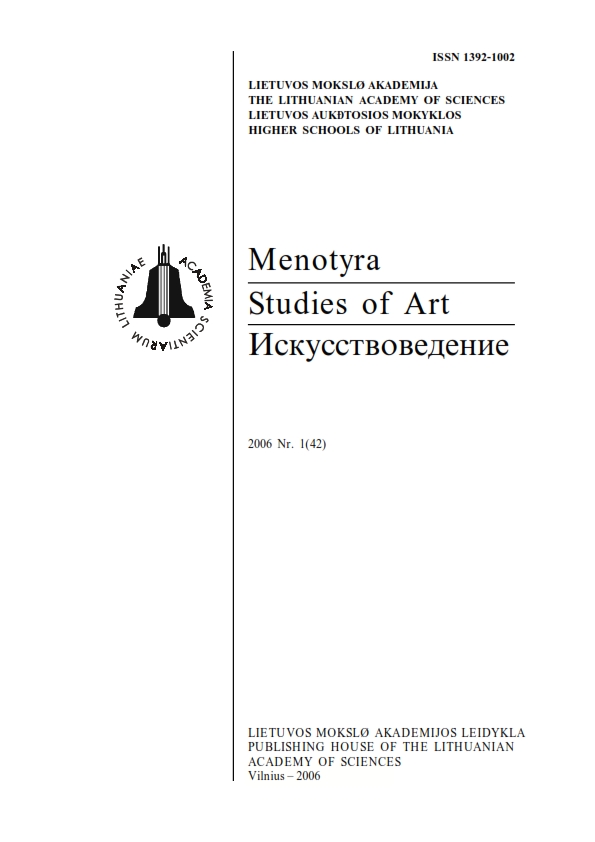Skambesio erdvės generavimas Renesanso polifoninėje muzikoje
Generation of sounding space in the polyphonic music of the Renaissance
Author(s): Daiva DženkaitienėSubject(s): Cultural history, Music, Modern Age, 15th Century
Published by: Lietuvos mokslų akademijos leidykla
Summary/Abstract: The melodic line of cantus firmus generates the space of poly-phonic music of the Renaissance. From the melody of cantus firmus, most often fixed in tenor, the genetically analogous melodic lines of other voices are generated. The melodic line of cantus firmus grounds organizes and manages the space of poly-phonic music of the Renaissance. The process and principle of this self-formation of the space can be called generativeness of cantus firmus. Cantus firmus melody performs the function of partial element accumulating in itself the horizontal dimension. Its melodic line is the intonation gene pool of all the musical composition generating the melodic intonation material of the free voices. The generativeness of cantus firmus is grounded by the interval of third equalling all the intonations. The space of the Renaissance polyphonic music is organized by raising a certain priority aspect. The priority of generativeness acts through the cantus firmus structure determining the shape and methods of treatment of the latter, and cantus firmus forms the space of polyphonic music by its generativeness. Melic, part and aggregate, functional meaning and totality generativeness priorities have determined the formation of the following four cantus firmus generativeness types: coloured, segmented, differentiated, totally unified. Through the action of a concrete cantus firmus generativeness type, four types of space of polyphonic music of the Renaissance are formed.
Journal: Menotyra
- Issue Year: 2006
- Issue No: 1(42)
- Page Range: 10-15
- Page Count: 6
- Language: Lithuanian

